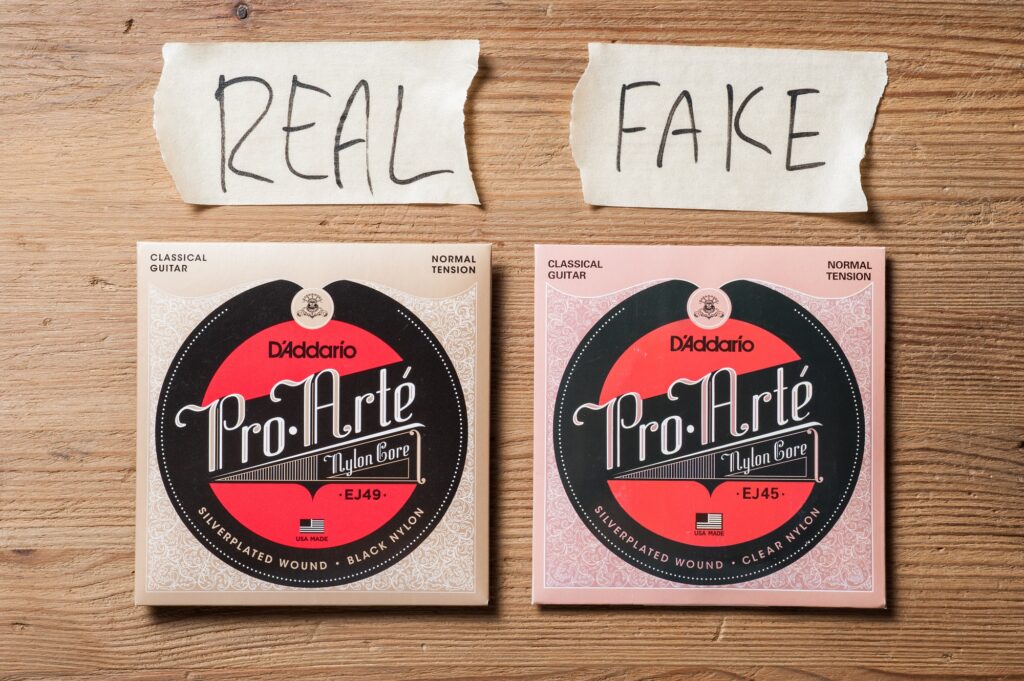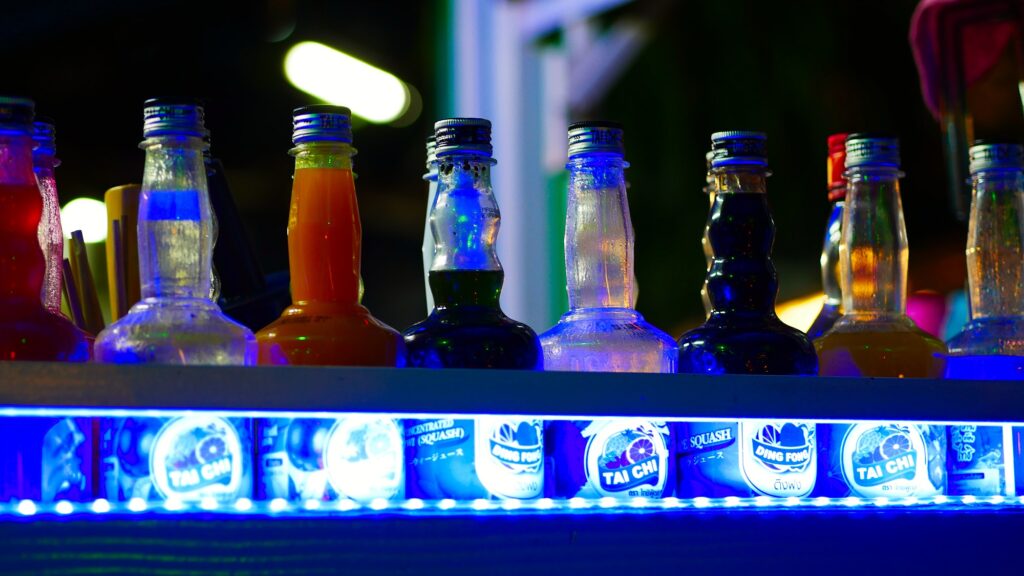Securing labels and packaging against counterfeit and forgery. Part 1


Counterfeit, plagiarism and copying without the consent of the design owner is currently the nightmare of many industries. Today, not only intellectual property, an idea or a concept may be appriopriated, but also a final product. Behind this stands the increasing willingness of enterprises to protect their assets with various methods. One of them is the use of special inks and varnishes.
Special inks and varnishes, by using physicochemical phenomena, not only give the packaging a unique appearance, but are also able to properly secure them.
The packaging and labels of luxurious products, cosmetics, jewellery, alcohols, consumer electronics and branded goods are particularly vulnerable to counterfeit, copying, or theft.
Counterfeiters and thieves hunt for poorly secured products in order to be able to counterfeit them, copy, or transform them for their own use. The most often falsified are labels and the packaging, because this way, „pirate” companies save on product development and certification costs.
How can a label or packaging be secured against forgery?
In order to reduce the practice of plagiarism and counterfeiting of product packaging, it is worth to use security in the form of special inks and varnishes.
in a wide assortment of such products, several groups particularly suitable for this type of application can be distinguished.
Some of them are already in use in securing intellectual property, and some of them are just ideas worth developing and using; however, these products make an excellent tool for creative designers:
• fainvisible colourful fluorescent inks – inks visible in UV light in various colours, enabling product markings invisible for the end customer;
• invisible white fluorescent inks – fluorescent inks visible in UV light, emiting super bright, white glow;
• metallic inks, using special, super shiny or shimmering multicoloured pigments;




• fluorescent inks, visible in daylight – inks with exceptional colour purity, characterised by a bright, neon, intensive glow, which is impossible to be copied;
• thermochromic inks – inks reacting to temperatures, suitable for both marketing purposes (e.g. covering the underprint with information of printing information about the change of the temperature of the product with thermochromic ink) and for securing the product packaging against counterfeit;
• photochromic inks – inks reacting to sunlight with coloration or colour change;
• piezochromic inks – inks reacting with colour change to load or high pressure;
• hydrochromic inks – inks which become transparent, dissolve, or are washable when treated with water;
• chemochromic inks – inks reacting with colour appearance to exposure to a specific chemical;
• IR inks – inks reacting to the influence of IR with colour appearance;
• IR-transparent and IR-non-transparent inks – a set of black inks, one of which is detectible to scanners while the other one is not;
• phosphorescent (glow-in-the-dark) inks – inks glowing in the dark after prior irradiation („charging” with daylight or UV);
• electroluminescent inks – inks glowing with different colours after plugging them into the source of electricity;
• scented varnishes – varnishes scented with a unique fragrance composition e.g. characteristic only to a given brand;
• magnetic inks – inks containing ferromagnets, which can be carriers of small amount of information magnetically saved on them (e.g. cards with magnetic stripe);
• conductive inks – inks having the ability to conduct electricity, the authenticity check of a given product can take place after plugging the printed product into the source of power;
• scratch-off and erasable inks – inks which can be erased or revealed after rubbing them with various types of tools;
• copying varnishes – varnishes able to transfer the inscriptions under pen pressure or the influence of temperature;
• optically variable, pearlescent, glitter and interferential varnishes – varnishes wich shimmer in multiple colours, like a rainbow, like pearls, changing colour depending on a viewing angle, perfect for protection of both documents and labels against counterfeit;
• perceptible varnishes – varnishes which have a texture, thickness or structure which can be felt by hand; by combining various structures and pigments, it is possible to obtain a unique, unusual texture of a label or packaging, specific only to a given brand;
• watermark varnishes – possible to be printed on regular printing machines, giving off the impression of a watermark, used e.g. in the production of bank notes;
• penetrating inks – inks able to absorb into the structure of a substrate, black on the front side and red on the back side.
An extended description and examples of application of each group of special inks and varnishes for protection of labels and packaging against counterfeit, forgery, and copying will appear in subsequent issues of „Świat DRUKU”.
The original article can be found in periodical Świat DRUKU, issue 5/2022



